Introduction
Scandinavian design is beloved for its clean lines, minimalist aesthetic, and neutral color palettes, but that doesn’t mean it has to be devoid of color. Adding subtle hues to a Scandinavian space can elevate its charm, creating a dynamic yet serene environment. I still remember the first time I introduced a soft blush pink throw pillow to my predominantly white and gray living room. It was such a small change, but it completely transformed the space, adding warmth and personality without overwhelming the minimalist vibe.
If you’re looking to bring a touch of color into your Scandinavian-inspired home, you’re in the right place. From muted pastels to natural tones, there are countless ways to infuse subtle color while maintaining the elegance and simplicity that defines Scandinavian design. Let’s dive into 10 creative ways to do just that.
Why Add Subtle Color to Scandinavian Spaces?
Key Benefits
- Adds Warmth: A hint of color can make neutral spaces feel more inviting and lived-in.
- Creates Contrast: Subtle hues provide visual interest without disrupting the minimalist aesthetic.
- Personalizes the Space: Color choices reflect your personality and make the design uniquely yours.
- Enhances Balance: Carefully chosen colors can complement natural elements like wood and greenery.
1. Incorporate Pastel Textiles
Why It Works
Pastels like blush pink, soft blue, or sage green add a delicate touch of color while blending seamlessly with neutral palettes.
How to Do It
- Add pastel throw pillows or blankets to a neutral sofa.
- Use a muted-colored area rug to anchor the room.
- Opt for pastel curtains or bedding to create a soft, inviting atmosphere.
- Stick to one or two pastel shades to keep the look cohesive.
2. Add Colorful Artwork
Why It Works
Art is an easy and impactful way to introduce color without committing to major design changes.
How to Do It
- Choose abstract prints in muted tones or nature-inspired colors.
- Frame the artwork in simple black, white, or natural wood frames to maintain the Scandinavian aesthetic.
- Create a gallery wall with a mix of neutral and colorful pieces for balance.
- Position the artwork above a sofa, bed, or console table to make it a focal point.
3. Use Earthy Tones
Why It Works
Earthy shades like terracotta, olive green, and mustard yellow bring warmth and richness while staying true to the natural vibe of Scandinavian design.
How to Do It
- Add terracotta planters or vases as accents.
- Use olive green cushions or a throw blanket to complement wood furniture.
- Incorporate mustard yellow in small doses, like a table lamp or a decorative bowl.
- Pair earthy tones with light wood and neutral walls for a harmonious look.
4. Bring in Colored Glass
Why It Works
Colored glass decor adds a subtle hint of color and texture without feeling heavy or overpowering.
How to Do It
- Display a collection of vases or bottles in soft hues like amber, teal, or smoky gray.
- Use colored glass candleholders on a coffee table or mantel.
- Incorporate glass pendant lights with a tinted finish for a modern touch.
- Mix different shapes and sizes for added visual interest.
5. Add a Pop of Color With Accent Furniture
Why It Works
A single piece of colorful furniture can act as a statement while keeping the rest of the space minimalist.
How to Do It
- Choose an armchair or ottoman in a muted hue like dusty rose or deep blue.
- Opt for a small, colorful side table or a painted stool.
- Use upholstered dining chairs in soft shades to brighten up a dining area.
- Pair the colorful piece with neutral surroundings to make it stand out.
6. Style With Nature-Inspired Prints
Why It Works
Nature-inspired patterns and colors, like florals, leaves, or watercolors, add subtle vibrancy without disrupting the calming atmosphere.
How to Do It
- Use throw pillows or curtains with understated botanical prints.
- Choose a duvet cover with soft, nature-inspired patterns.
- Add wallpaper with subtle tree or leaf designs to a small accent wall.
- Balance prints with solid-colored pieces to avoid visual clutter.
7. Use Colorful Kitchenware
Why It Works
Scandinavian kitchens often have open shelving, making colorful kitchenware an easy way to add personality.
How to Do It
- Display pastel or muted-colored mugs, plates, or bowls on open shelves.
- Add a colorful tea kettle or a set of storage jars in soft hues.
- Use a patterned tablecloth or napkins for a splash of color during meals.
- Stick to a consistent palette to ensure a cohesive look.
8. Highlight Color With Rugs
Why It Works
A well-chosen rug anchors the room and can subtly introduce color through its design.
How to Do It
- Choose a flatweave or low-pile rug in a soft pattern with muted tones.
- Use a runner with subtle stripes or geometric designs in the hallway.
- Layer a small, colorful rug over a neutral one for added depth.
- Keep the color palette light and understated to maintain the Scandinavian feel.
9. Bring in Color Through Plants and Flowers
Why It Works
Plants and flowers not only add vibrant greens but can also introduce other soft colors into the space.
How to Do It
- Use flowering plants like orchids or peace lilies for a natural pop of color.
- Add fresh flowers in pastel shades to vases around the home.
- Incorporate greenery with planters in muted colors like gray, beige, or soft blue.
- Mix different plant heights and shapes for variety and texture.
10. Paint an Accent Wall
Why It Works
A single accent wall in a subtle color can add depth and dimension without overpowering the space.
How to Do It
- Choose soft, muted colors like pale gray-blue, dusty pink, or sage green.
- Paint the wall behind a sofa, bed, or dining table to create a focal point.
- Keep the rest of the walls neutral to balance the look.
- Use matte or eggshell finishes for a modern, understated effect.
Picture Gallery

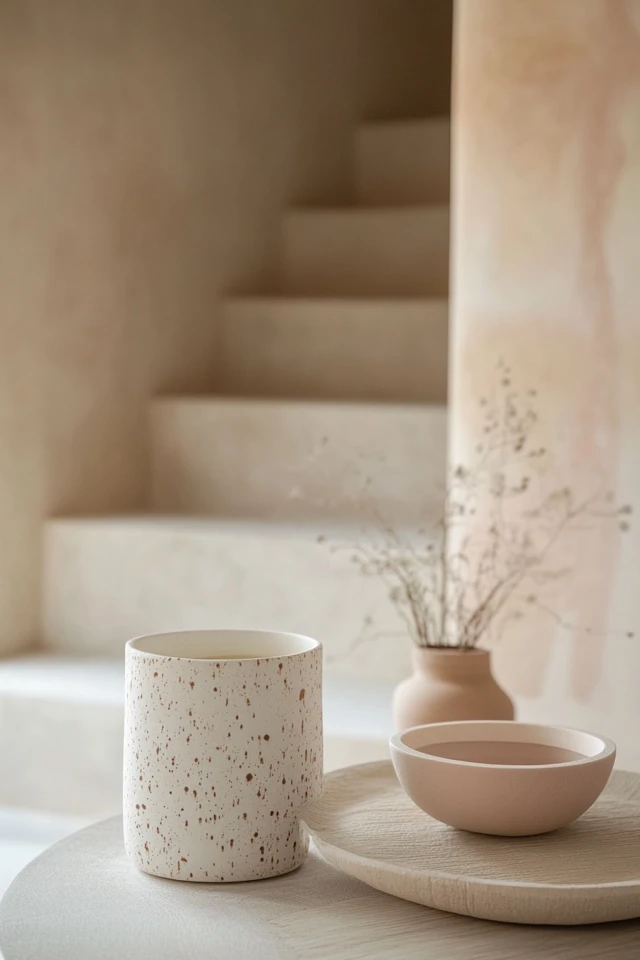
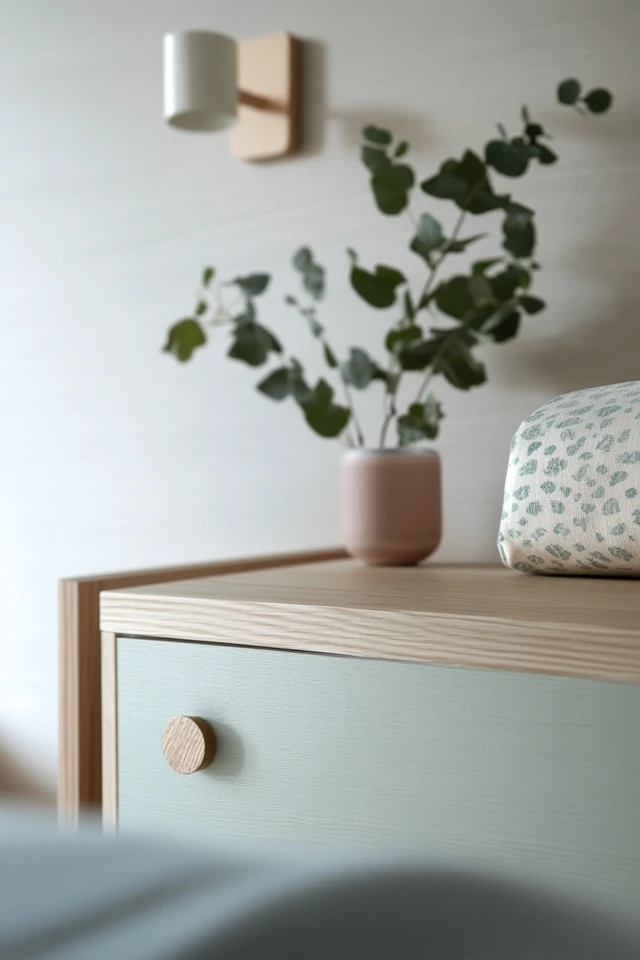
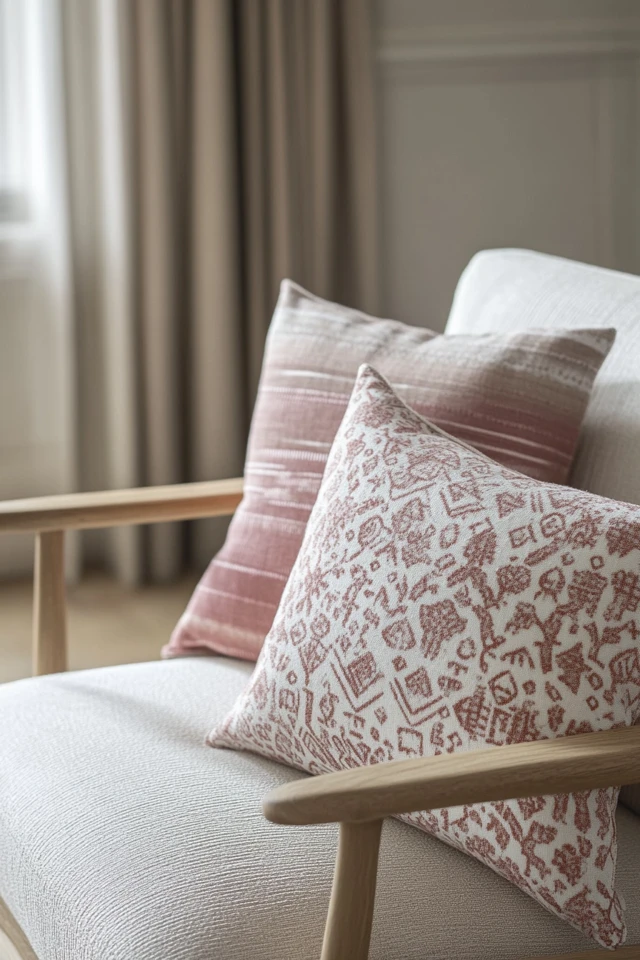

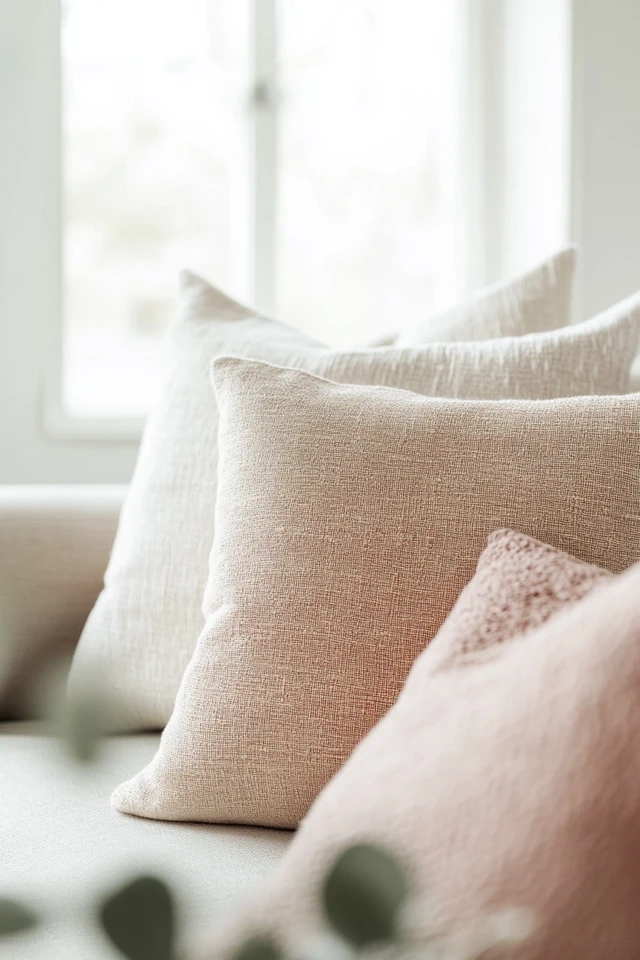
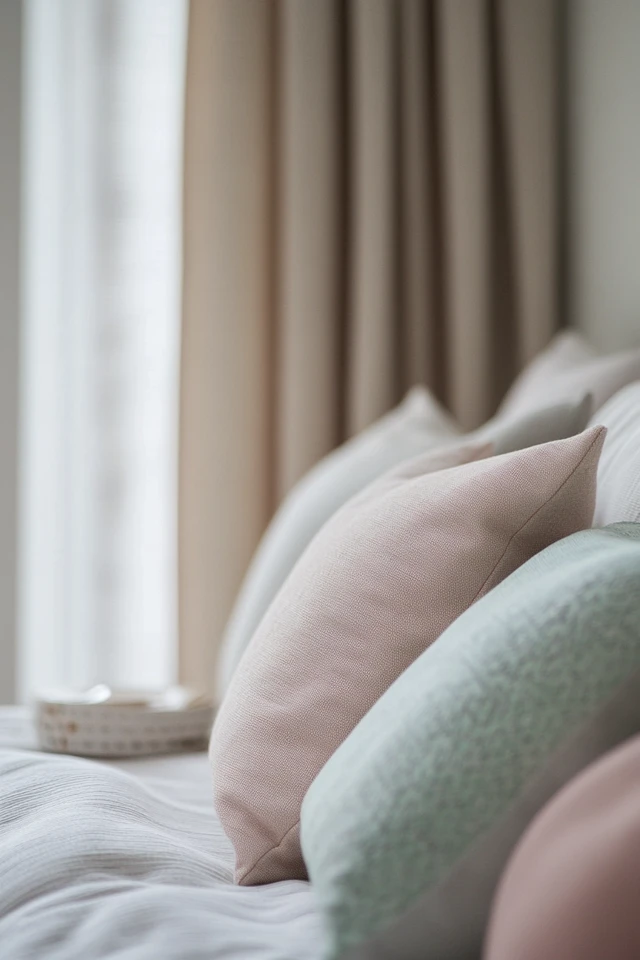
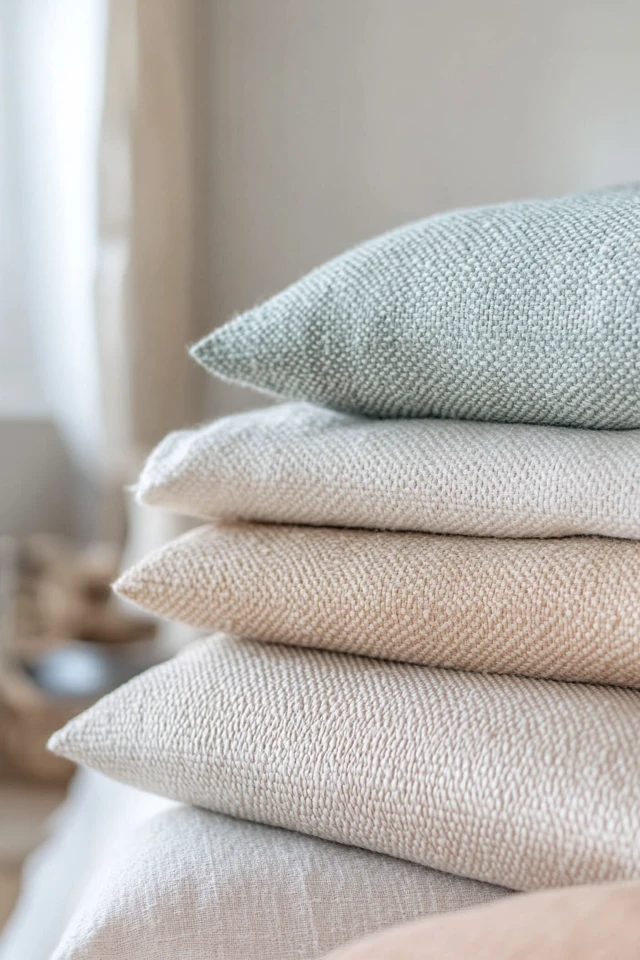
Conclusion
Adding subtle color to Scandinavian spaces is a delicate art that can transform your home without losing the calm, minimalist aesthetic you love. By focusing on muted tones, natural materials, and thoughtful accents, you can create a space that feels warm, dynamic, and personal.
What I love most about adding color to Scandinavian design is how versatile and forgiving it is. Whether it’s a blush pink pillow, an olive green planter, or a pale blue accent wall, even the smallest splash of color can make a big impact. With these 10 tips, you can strike the perfect balance between simplicity and personality, creating a space that’s uniquely yours.
So go ahead—introduce that pastel throw or dusty rose chair and watch your Scandinavian space come to life!
FAQ
What colors work best in Scandinavian design?
Muted tones like blush pink, sage green, dusty blue, terracotta, and soft gray work beautifully. These colors complement the neutral palette typical of Scandinavian interiors.
How can I add color without overwhelming the space?
Use small accents like throw pillows, rugs, or planters in subtle colors. Stick to one or two hues and balance them with neutral tones.
Can I use bold colors in Scandinavian design?
Yes, but sparingly. Bold colors can be introduced through a single statement piece, like a chair or artwork, while keeping the rest of the space neutral.
What is the best way to balance color in a Scandinavian room?
Focus on a cohesive palette, incorporating natural materials like wood and greenery to ground the design. Layer subtle textures to keep the look dynamic without clutter.
Where can I find Scandinavian-style decor in subtle colors?
Retailers like IKEA, H&M Home, Ferm Living, and Nordic Nest offer a range of Scandinavian-inspired decor in muted and pastel tones.


